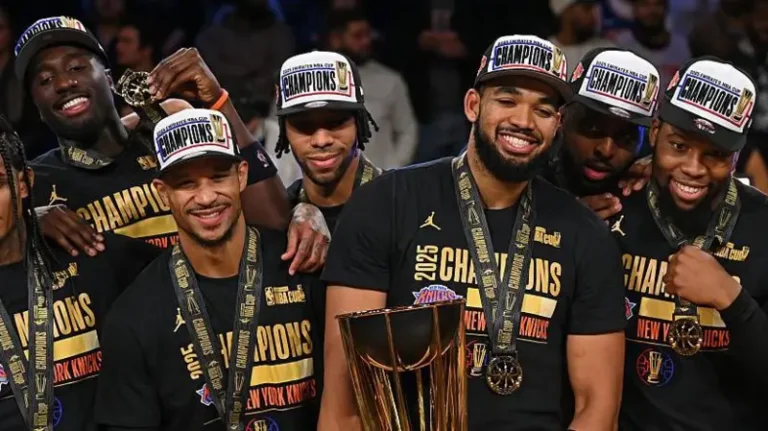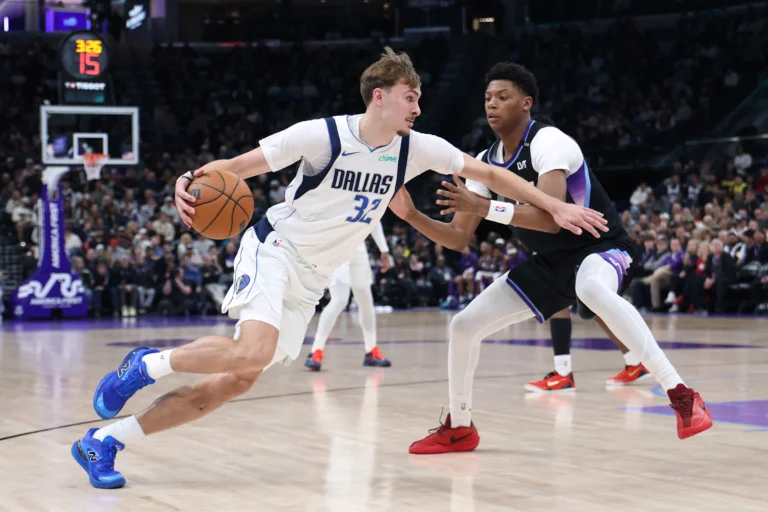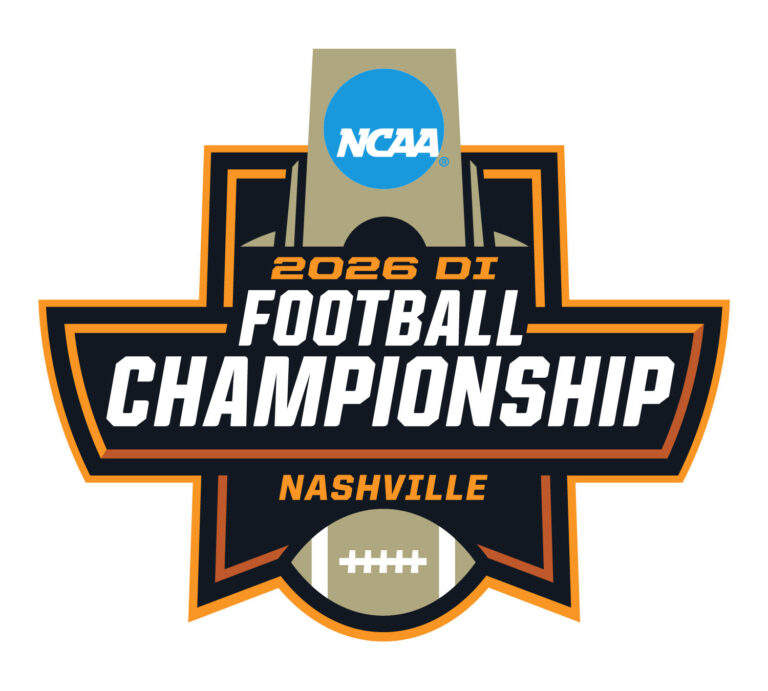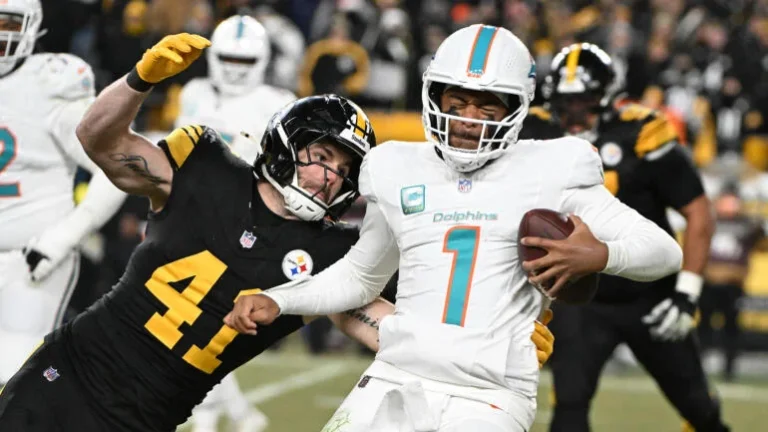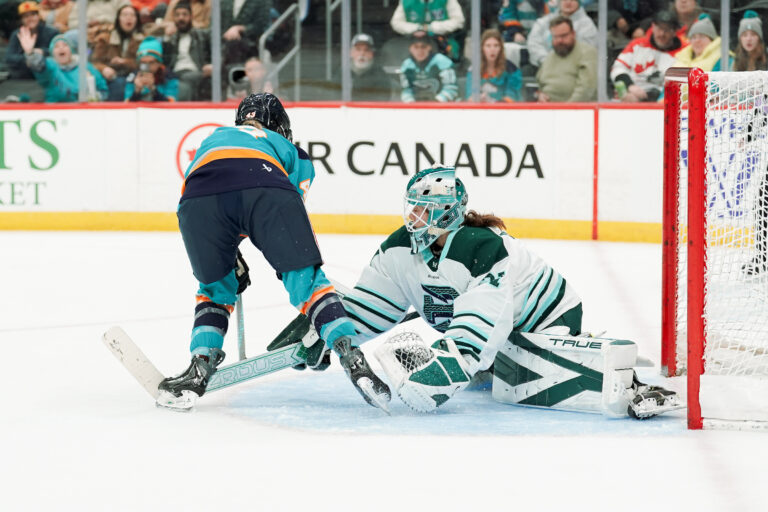
On paper, the WNBA is experiencing significant momentum. The league recently secured an 11-year, $2.2 billion media rights deal, franchise valuations have surged, and expansion is underway (Golden State Valkyries launched in 2025; Portland and Toronto are set to join). Attendance and visibility have also trended upward, fueled in part by high-profile rookies and increased media exposure.
Yet, beneath that surface growth lies a fracture: many players feel the current structure fails to reward them equitably, and that league leadership has been unresponsive to pressing concerns. In 2025, tensions have come to a head.
Key Flashpoints & Players’ Unrest
1. CBA & Revenue Sharing Disputes
The immediate trigger is the failure to reach a new collective bargaining agreement (CBA). The players’ union (WNBPA) officially opted out of the existing agreement (which was supposed to run through 2027) and is now pushing for a more flexible, growth-aligned revenue split.
Players argue that as the league’s revenues and valuations rise — think franchise fees, media rights, and sponsorships — their compensation and benefits should scale accordingly, not remain bound by rigid caps or opaque accounting thresholds.
At the 2025 All-Star Game, WNBA All-Stars took the bold step of wearing black warm-up shirts reading “Pay Us What You Owe Us,” signaling unified frustration over stalled negotiations and perceived inequities.
2. Leadership & Communication Breakdown
Some players have directly criticized WNBA leadership, calling out tone-deafness and dismissiveness. One of the sharpest critiques came from Lynx star Napheesa Collier, who, in a postseason press conference, attacked Commissioner Cathy Engelbert and league governance over the handling of officiating, player welfare, and dispute resolution.
For example, Collier alleged that Engelbert made dismissive comments implying players should be “grateful” for exposure, prompting backlash. She also highlighted inconsistencies in officiating decisions and sanctions against outspoken coaches like Cheryl Reeve, who was fined and suspended after publicly criticizing officials.
These dynamics point to a deeper issue: players feel that despite their central role in the league’s growth, they lack sufficient voice and influence in how the league is run.
3. Disparities in Compensation, Benefits & Infrastructure
Several structural gaps exacerbate the tension:
-
Salary Caps & Constraints: The WNBA’s salary structure is tightly constrained, with relatively low ceilings for top players compared to the revenues and valuations clubs are securing.
-
Bonuses & Incentives: Incentive structures, bonuses, and revenue-sharing formulas are tied to often opaque or difficult-to-achieve “growth targets,” making it hard for players to reliably benefit from upside.
-
Benefits & Support: Players have pushed for enhancements in retirement plans, childcare, maternity/family benefits, and health or travel support. The argument is: as professional athletes contributing to a growing enterprise, they should receive career-long support.
-
Officiating & Integrity Issues: Complaints about inconsistent or poor officiating have also become part of the unrest narrative, especially when key calls affect playoff outcomes. Coaches and players alike have raised concerns publicly.
Recent Incidents & Escalations
-
Cheryl Reeve Fine & Suspension
After criticizing officiating postgame, Lynx head coach Cheryl Reeve was fined a record $15,000 (the largest ever for a WNBA coach or player) and suspended for one game. The punishment itself drew pushback, especially since other coaches who voiced support for Reeve were fined for defending her remarks. -
Public Rebukes at Media Events
Collier’s public remarks have heightened scrutiny. She condemned both league leadership and officiating, amplifying internal disputes to a national audience. -
Team-Level Support for Players’ Demands
The Golden State Valkyries have publicly backed the players’ calls, with prominent players calling for transparent negotiations and equitable structures. -
Threats of Work Stoppage or Strike
Some players, including Angel Reese, have openly mentioned the possibility of a strike or holding out if their demands aren’t met.
What’s at Stake
-
Credibility & Morale
The risk is not just a labor standoff — it’s a morale and credibility crisis. If players feel undervalued or ignored, that can erode trust and long-term commitment. -
Sustainability
The league’s current revenue model must balance growth with fair compensation. If players believe that the upside is cut off from them, they may lose faith in sustainable investment of their own time, performance, and health. -
League Stability
A prolonged impasse or work stoppage could damage momentum, media deals, fan engagement, and expansion plans. -
Talent & Retention
Star players have tremendous leverage. If the league is seen as unwilling to share its growth, players may explore alternatives (other leagues abroad, moves outside basketball, etc.). Keeping rising stars happy is integral to growth.
Possible Paths Forward & What to Watch
1. Negotiated CBA Settlement
This is the ideal outcome. The league and WNBPA will need to find a compromise: a more dynamic revenue share, clearer accounting, more flexible salary rules, and improved benefits. Both sides have expressed hope that a deal can be reached to avoid disruption.
2. Incremental Concessions
If a full overhaul is not possible immediately, the league might offer phased improvements — e.g., raise caps marginally, expand benefits, improve transparency — in hopes of defusing pressure while continuing negotiations.
3. Escalation: Work Stoppage or Strike
If players lose faith in negotiations, they may resort to a strike or collective delay. That’s risky: it could alienate fans or sponsors, but might also force sharper concessions.
4. Governance Reforms
Beyond financials, players may push for structural reforms: more input in decision-making, committee seats, transparency in officiating evaluations, or representation in league governance bodies.
5. Brand & Public Pressure
Players have already employed public messaging (e.g, protest shirts) to apply pressure. Continued fan support, media coverage, and leveraging public goodwill will be key levers in negotiations.
Final Thoughts
The WNBA is at a pivotal inflection point. While growth is undeniable, the question now is whether that growth can be shared in a way that sustains the league’s talent base and integrity. Players are signaling they are no longer content with symbolic recognition — they want structural equity.
How the league responds (with humility, flexibility, and urgency) will determine whether this moment becomes a turning point or a fracture. The next few months — during and after the 2025 season — will likely define the WNBA’s trajectory for years to come.
Author Profile
Latest entries
 HockeyDecember 17, 2025Hometown Heroes Lead Vancouver Goldeneyes to Historic Victory Over Ottawa Charge
HockeyDecember 17, 2025Hometown Heroes Lead Vancouver Goldeneyes to Historic Victory Over Ottawa Charge SoccerDecember 16, 2025Golden Goal Glory: Harrison Bertos Lifts Washington to First NCAA Men’s Soccer Title
SoccerDecember 16, 2025Golden Goal Glory: Harrison Bertos Lifts Washington to First NCAA Men’s Soccer Title NFLDecember 16, 2025Freezing the Fish: Steelers Maintain Monday Night Magic, Eliminate Dolphins
NFLDecember 16, 2025Freezing the Fish: Steelers Maintain Monday Night Magic, Eliminate Dolphins NCAAFDecember 14, 2025Heartbreak in Baltimore: Navy Rallies to Edge Army 17-16 in Commander-in-Chief Thriller
NCAAFDecember 14, 2025Heartbreak in Baltimore: Navy Rallies to Edge Army 17-16 in Commander-in-Chief Thriller

 Steelersforever.org
Steelersforever.org